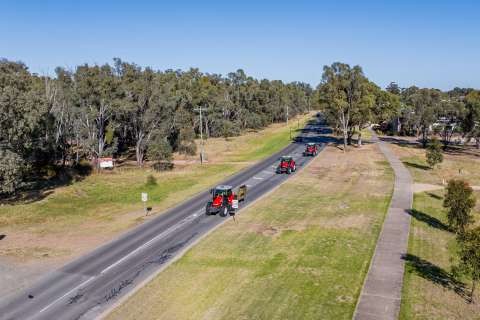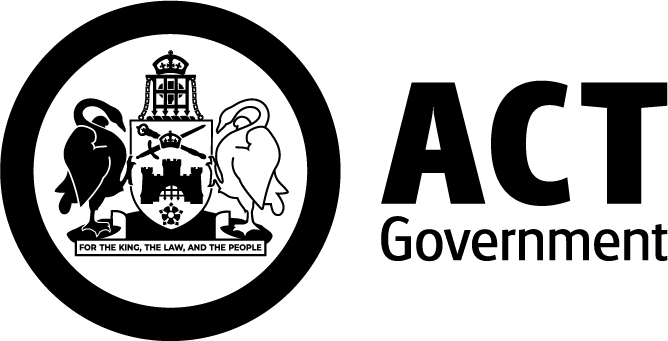Australia’s capital cities should join many of the great cities of the world by charging drivers who use the busiest roads at the busiest times, according to a new Grattan Institute report.
recommends a three-stage reform: within the next five years, state governments should introduce cordon charging, where drivers pay to cross a boundary into the capital city CBDs in the morning peak and out in the afternoon peak; within the following five years, people should pay to drive along the busiest urban freeways and arterial roads at peak periods; and eventually people should be charged on a per-kilometre basis for driving across the city’s entire road network at the busiest times.
The report shows that a modest cordon charge could mean 40 per cent fewer cars entering the CBDs in the morning peak, and speeds up to 16 per cent faster on roads in the CBD and up to 20 per cent faster on sections of major arterials leading into the CBD.
Modelling shows speeds across the entire Sydney and Melbourne road networks would increase by about 1 per cent. That might sound modest, but Sydney’s WestConnex and Melbourne’s North East Link are predicted to increase network speeds by 3 per cent and 1 per cent respectively – and those roads come with price tags of $16 billion and $17 billion respectively.
‘Everyone wants less congestion: it would make life easier for individual drivers and make our cities work better, too. Our plan tackles congestion without asking communities to pay billions of dollars for major new roads,’ says Grattan’s Transport and Cities Program Director, Marion Terrill.
‘New York, London, Beijing, Singapore, Stockholm, Milan, and Jakarta all have congestion charging or are heading that way. It’s time for Australian cities to embrace the idea.’
If getting public transport right is a pre-condition for congestion charging, there has never been a better time in Australia, with investment in public transport and roads running at more than $30 billion in 2018-19 – an all-time high.
The technology has improved too, with Automatic Number Plate Recognition now accurate enough to use as the primary detection technology for congestion charging.
And the experience from global cities is that initial public hostility quickly turns to support when people see how effective congestion charging can be.
Concerns that congestion charging would hurt those who can least afford it are overblown. In fact the charges would mainly be paid by higher-income drivers, because people who drive to the city each day for work are more than twice as likely to earn a six-figure salary as other workers.
It’s also a myth that lower-income workers drive further. In fact it is typically higher-income workers who drive long distances to work.
Nor is it true that people have no choice but to drive; CBDs are well-serviced by public transport, and most people already get to the city by train, tram, or bus.
‘In the end, if particular roads are in high demand, it’s fairer that people who use them a lot pay more than those who rarely or never use them,’ Ms Terrill says.
But congestion charging should come with a safety net: there should be discounts for low-income people with impaired mobility who need to get to the CBD in peak periods.Grattan’s next report, to be published this time next week, will explain in detail how congestion charging could work in Australia’s two biggest cities, Sydney and Melbourne.








